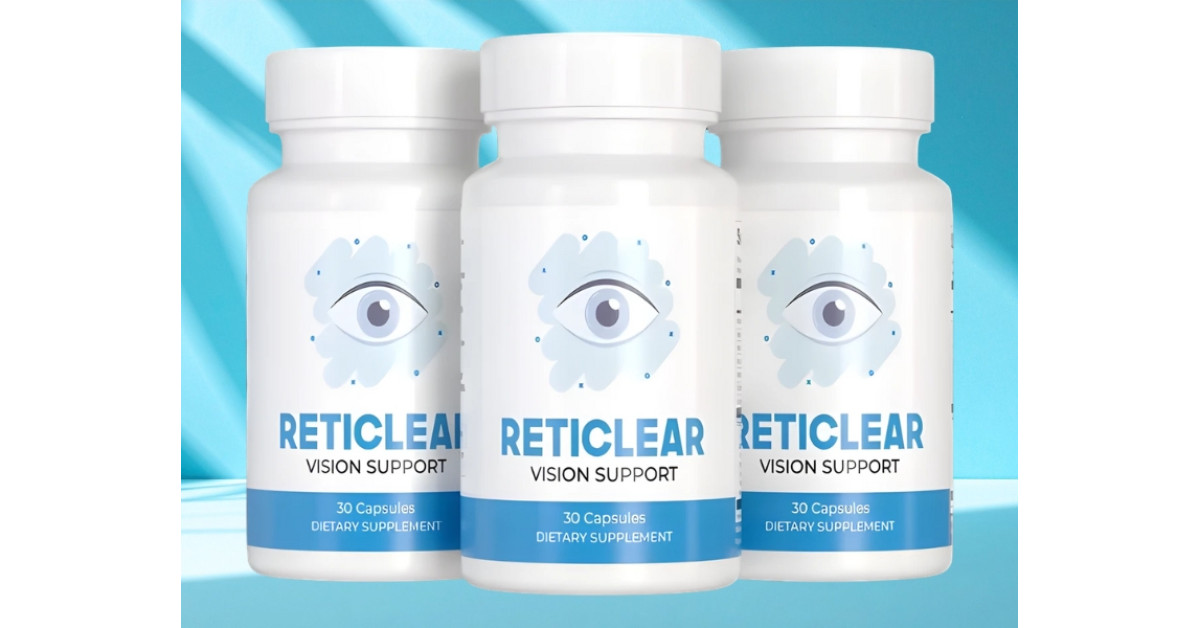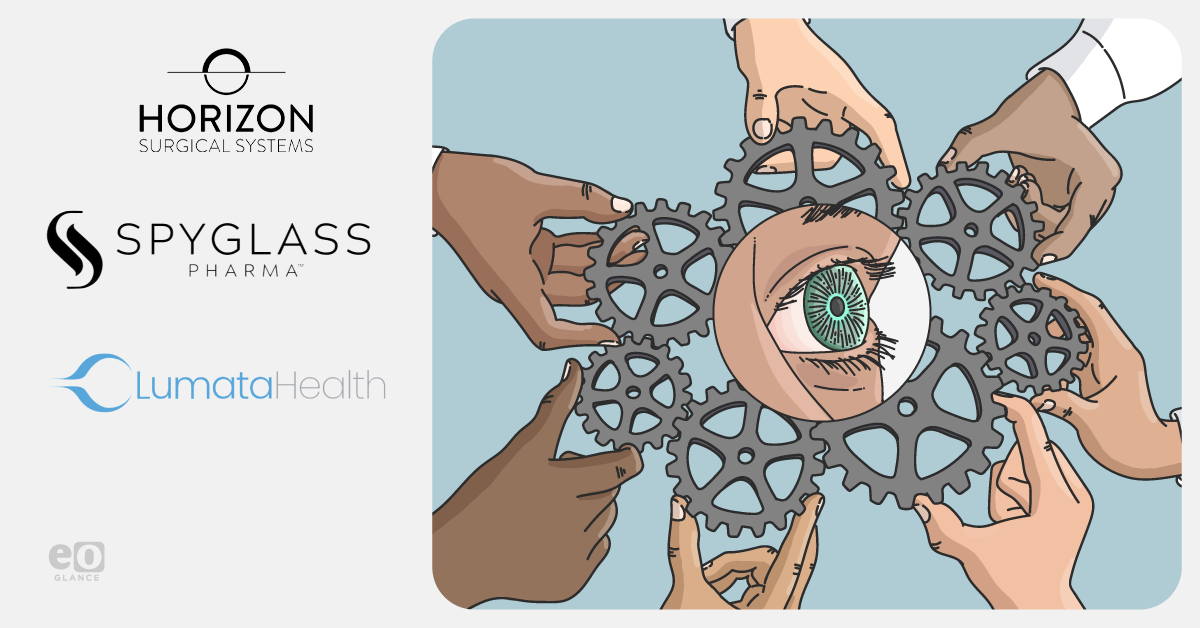What you should know about: Aging and the eye | Waterloo Eye Institute

Most diseases rise in prevalence as we age. Here are some of the more common ones related to the eye and vision.
Cataracts
Cataracts are a thickening and deepening in colour of the lens in the eye. Everyone develops cataracts if they live long enough. The symptoms of early-stage cataracts can often be mitigated through measures like a new glasses prescription or using brighter lights. Ultimately, however, cataracts need to be treated through surgery that replaces the cloudy lens with an artificial one. Cataract surgery is one of the most common and safest surgeries in Canada. Learn more about cataracts.
Age-related macular degeneration
It’s right in the name – age-related macular degeneration, or AMD, is mainly caused by aging, though lifestyle factors and genetics can influence how fast the disease develops and progresses. AMD is a deterioration of the macular region of the retina, the part of the back of the eye responsible for our sharp central vision. In the early stages, it doesn’t cause any symptoms. As the disease progresses, it may cause loss of central vision, though peripheral vision will remain intact. Regular eye exams can lead to diagnosis and treatment at an early stage, preventing or slowing vision loss. Learn more about macular degeneration.
Glaucoma
Glaucoma is more common in older people, though it can affect younger people too. It’s caused by damage to the optic nerve, which is the connection between the eye and brain. This damage is most often due to high pressure in the eye caused by fluid draining too slowly. Glaucoma doesn’t cause any symptoms in the early stages, though damage is already occurring. In later stages, glaucoma causes vision loss, beginning with peripheral (side) vision. It may progress to central vision without treatment. An optometrist can diagnose glaucoma in the early stages and help prevent vision loss. Learn more about glaucoma.
Dry eye disease
Moderate to severe dry eye can have a significant negative effect on a patient’s quality of life – and symptoms tend to get worse with age. In more severe cases, damage to the cornea (the clear “window” at the front of the eye) can result. Depending on what’s causing your dry eye and how severe your symptoms are, an optometrist can recommend the most appropriate treatments. Learn more about some of the advanced treatments for dry eye disease.
Diabetic eye disease
Anyone with diabetes is at risk for diabetic eye disease. Since diabetes prevalence (particularly type 2) increases with age, so does the prevalence of diseases such as diabetic retinopathy and diabetic macular edema, which can cause vision loss. Poor blood sugar control increases the risk of diabetic eye disease, and the longer blood sugar is poorly controlled, the higher the risk. Learn more about diabetic eye disease.
Stroke
Strokes become more common with age, and vision problems are common in patients who have experienced a stroke. Some people experience a loss of one side of their visual field. Some people experience double vision, difficulty tracking moving objects, eyes becoming misaligned, or repetitive, involuntary eye movements. Optometrists, particularly those with expertise in low vision, brain injuries and/or binocular vision problems (binocular vision is the ability of your two eyes to work together), can help alleviate these symptoms to a significant extent even if full resolution isn’t possible.
link





:max_bytes(150000):strip_icc()/GettyImages-1718516575-4dc2bf2b3ac24913b3375c7189ddded7.jpg)